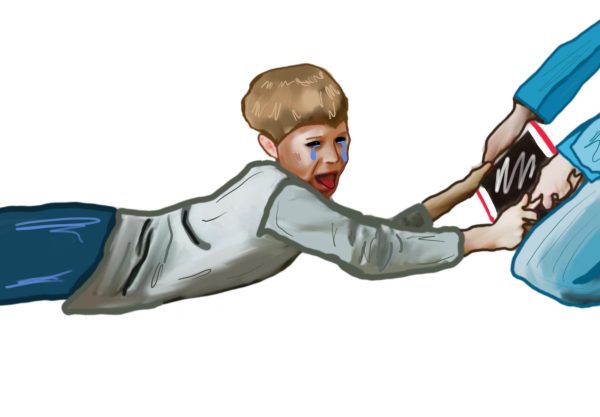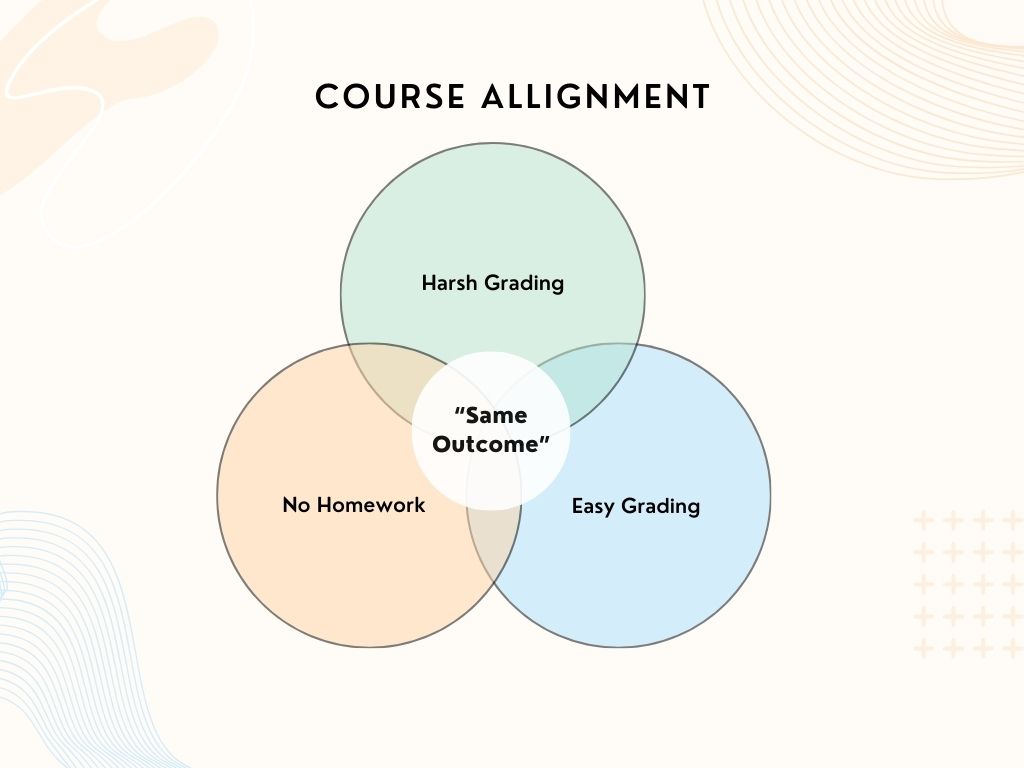Technology is in virtually every home in one form or another. Many in today’s society can’t imagine living without using the internet every day or catching up with the world through their cell phones. Yet with every new technological invention, kids are getting exposed to it at a younger age than the previous generations. According to Regis College, 53% of Americans are given a cell phone before the age of 11; before that, many are glued to their iPads.
Cami Kline, a school psychologist, has worked with both teenagers and young kids. Lately, she has been working more with early intervention, which is support for kids with disabilities or at high risk for neglect, with kids between the ages of three and five. Kline and her colleagues noticed the harmful effects of technology, especially on language development, during their early intervention work since dependency on technology is so strong.
“Technology usage negatively impacts their language development because it’s all passive. They’re all just taking, it’s not a give and take, you’re not responding [to someone]. And it’s not responding to you. It’s just moving forward, whatever program it is.” Kline said.

Kline hasn’t just noticed the negative effect on language development but also in receptive expressive language, peer social development and cognitive development. Other psychologists and organizations have studied very similar observations. Another psychologist who has worked with kids, Jean-Paul Eberle is now studying the mind-body connections and has also noticed their effect on peer/social development. At younger ages especially, social development is crucial since it’s when children learn how to interact with others and form relationships. If kids are sitting in front of their devices all day, they minimize the time they spend interacting with their peers. They won’t be doing this social development practice, which can inhibit their understanding of social cues, leading to social isolation. These trends were exacerbated during the pandemic.
“There is now no connecting face to face and understanding social cues. And the impact the pandemic has on being able to even connect, with being able to go to school and see your peers face to face. All that is funneled into online or technological exchanges. I noticed, in the last couple of years, a lot more experiences of social anxiety or depression,” Eberle said. “Real-time insocial engagement allows more opportunities to exercise these social muscles of communication more fully, ideally to experience increased expressive range and flexibility in connection, building capacities for empathy, attunement and the ability to navigate expected mis-attunements and experience repair.”
Motor skills are something that goes right in hand with social development. Many children develop motor skills from running around and playing outside. But today instead of developing their motor skills, kids are sitting in front of an iPad or television. CNN reported that having anywhere from one to four hours of screen time per day from age 1 is linked with higher risks of developmental delays in communication, fine motor, problem-solving and personal and social skills by age 2, according to a study published in the Journal of JAMA Pediatrics.
Children’s development is crucial to their ability to express themselves as they age. Issues like anxiety, not being able to express creativity, and not being able to focus all stem from technology exposure and impact children’s development, which becomes evident in later years, like high school.
“I think from a developmental standpoint, it affects younger kids in a lot of different ways, just in terms of focus. Kids are online more and on screens more, which I think affects their ability to be creative. They’re not bored anymore, and it takes being bored to be creative,” — Copeland
“I think from a developmental standpoint, it affects younger kids in a lot of different ways, just in terms of focus. Kids are online more and on screens more, which I think affects their ability to be creative. They’re not bored anymore, and it takes being bored to be creative,” Copeland said.
When children are bored and misbehaving, many parents’ first thought is to stick them in front of the TV. Kids essentially aren’t allowed to be bored anymore. They don’t get to let their creativity grow and expand, so when they become older they won’t have the necessary thinking outside of the box skills. A long term effect of technology is anxiety surrounding teens’ technological devices. When children grow up, they change devices from iPads to cell phones. Kline has seen some correlation between technology, mainly phones and anxiety.
“The whole social media piece, and then just the fear of FOMO (fear of missing out), like, ‘Oh, my God, I don’t have my phone so I don’t know what’s going on with my friends. I don’t know what party we’re going to.’ There’s that anxiety,” Kline said.

While technology can positively affect children’s development, the negative effects definitely outweigh the positive. When children are in their developmental stages, it’s crucial that they develop safely to prevent these negative effects from further impacting their lives. Technology is one factor that can slow down children’s development and lead to lifelong issues. It’s best that parents monitor their children’s devices, not just for screen time, but to make sure that they’re not getting exposure to inappropriate information. When children are developing, parents should impose limits on their children’s devices, and when they do get a personal device, it must still be under the parent’s control. This would be an efficient way to help limit the negative effects that technology has on children.
















